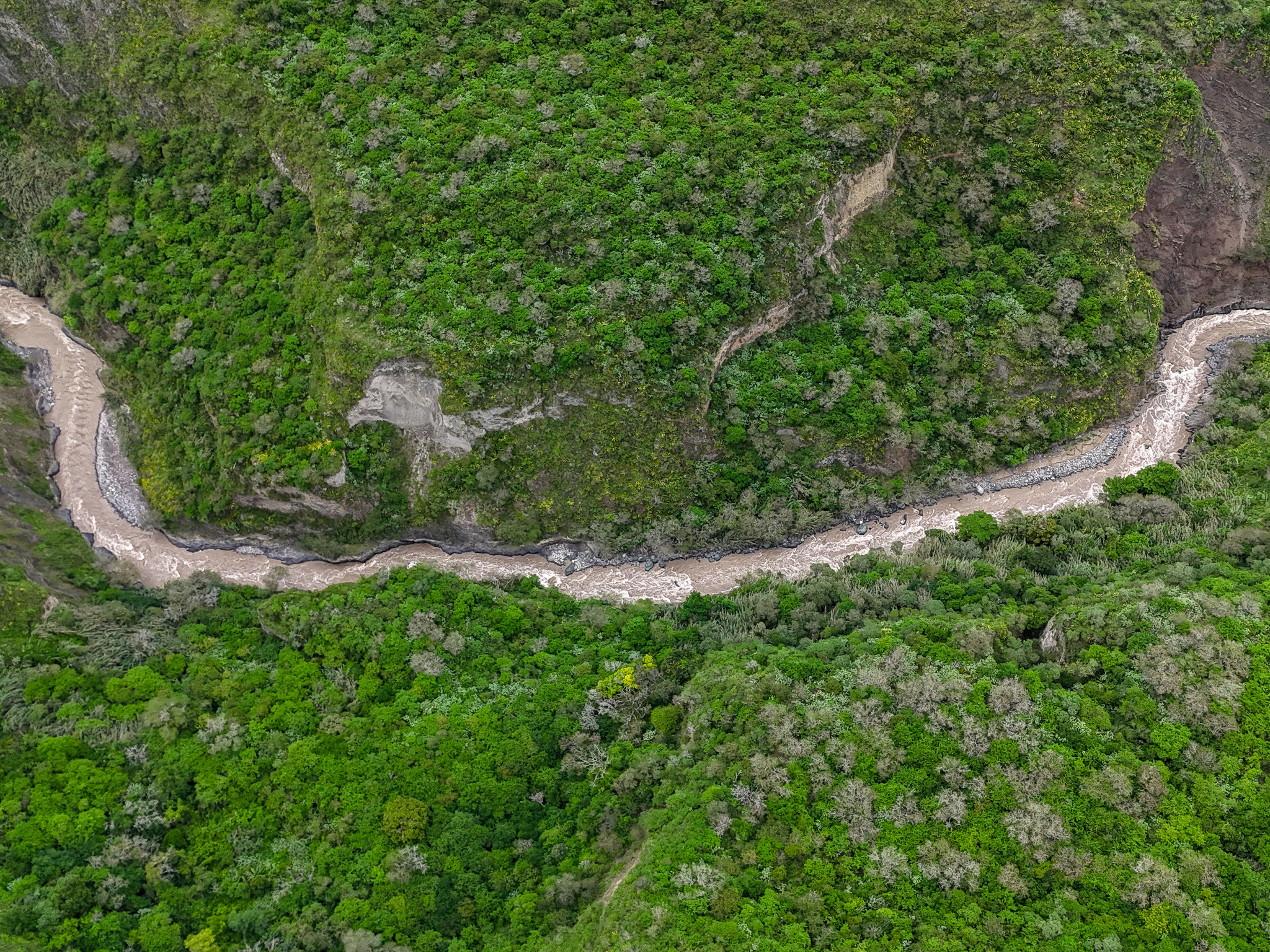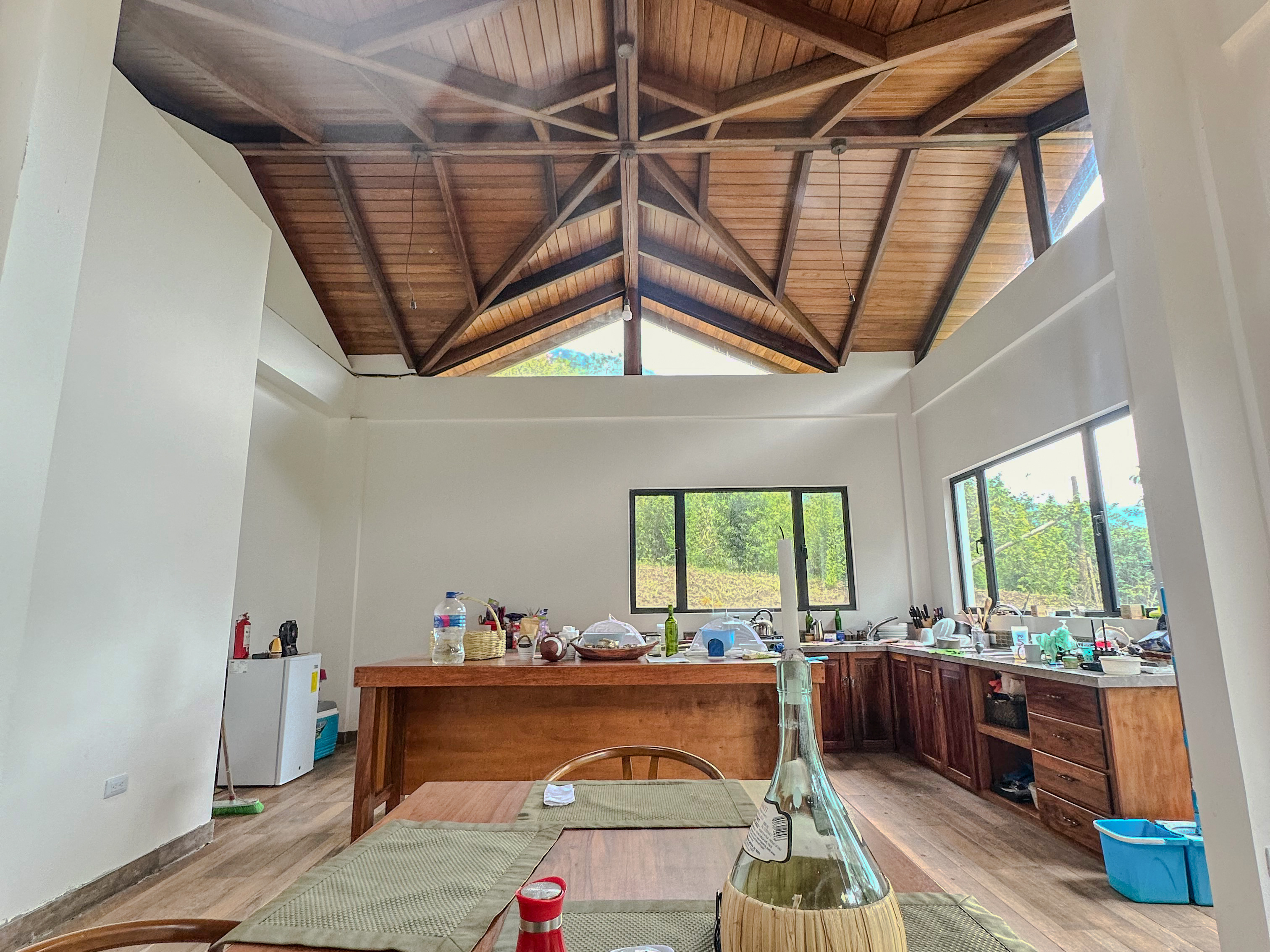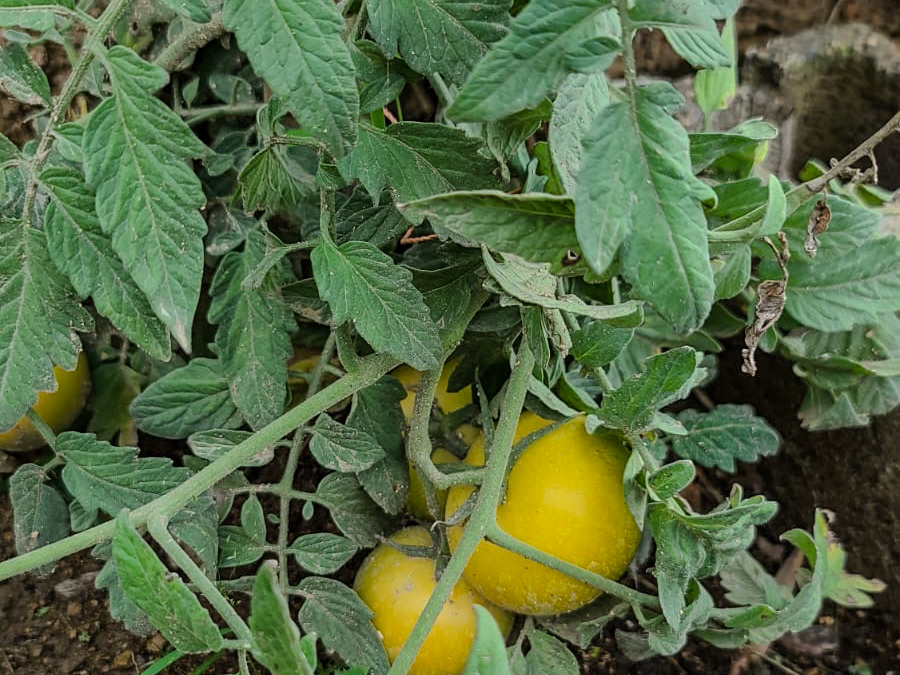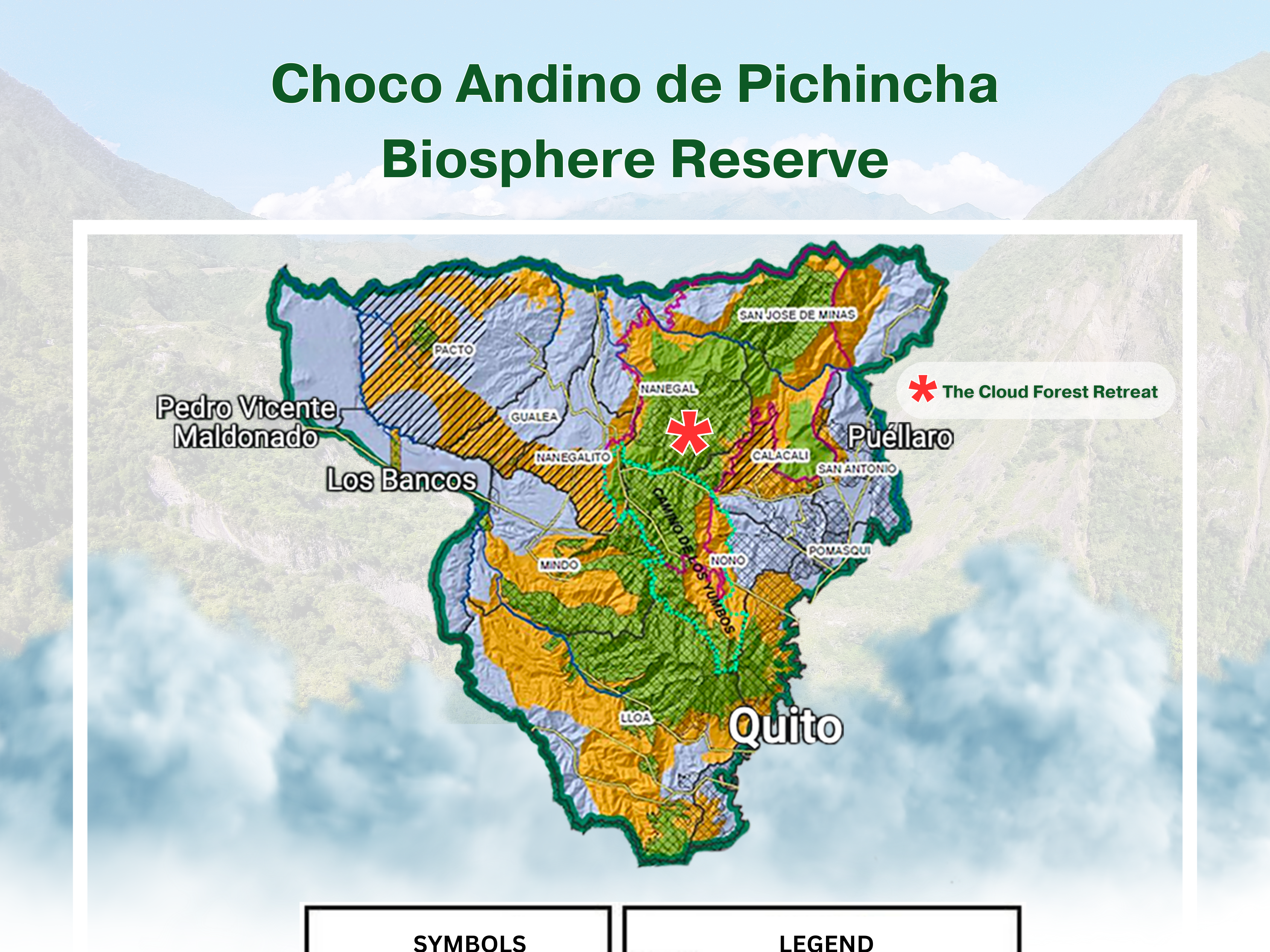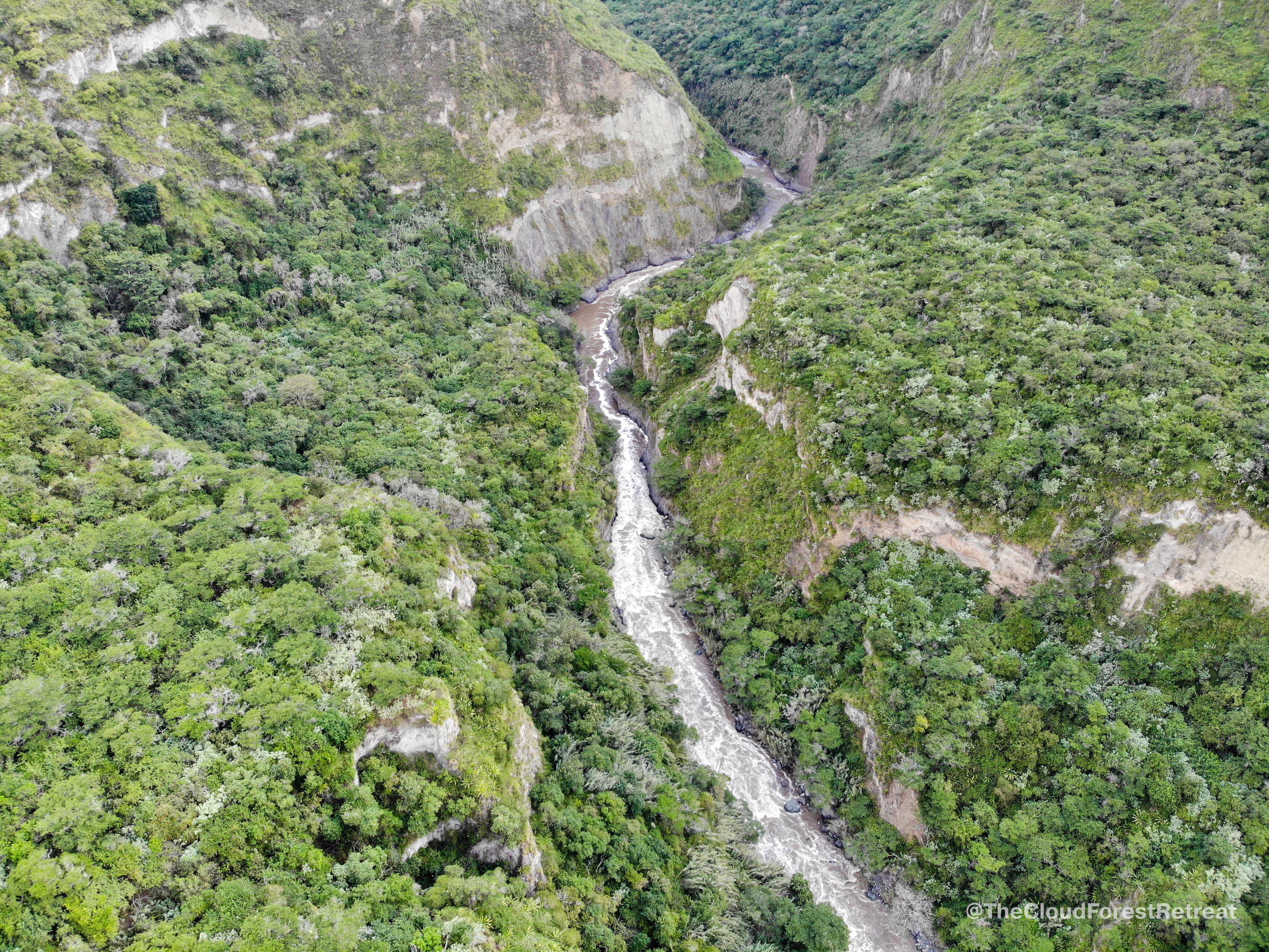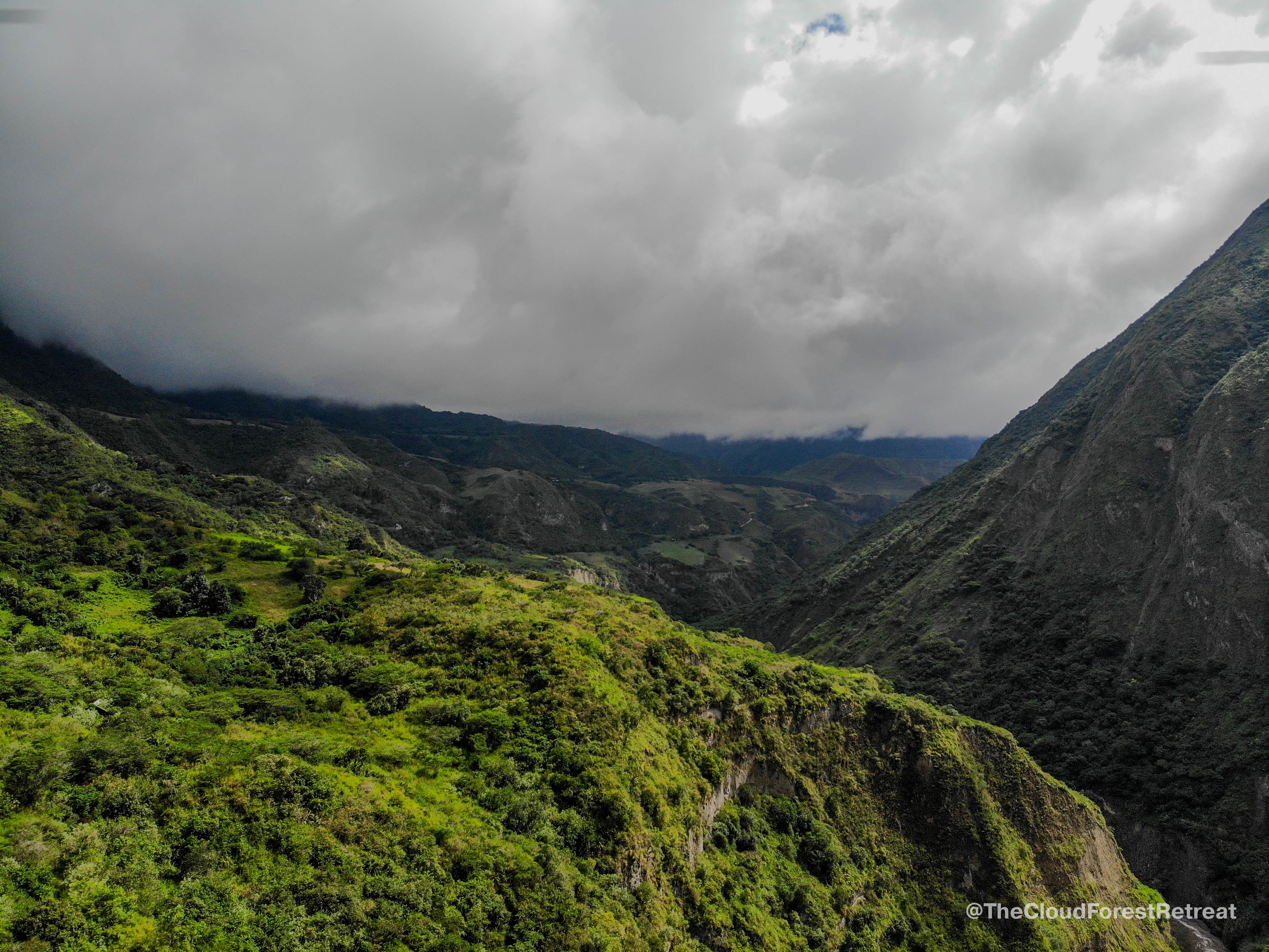Pululahua Mountain in Ecuador
The Pululahua Mountain, located in the Andean region of Ecuador, is a fascinating geological and ecological landmark. It is best known for its Pululahua Geobotanical Reserve, which encompasses the Pululahua Volcano and its surrounding areas. This site is one of the most unique natural attractions in Ecuador, offering a blend of volcanic history, biodiversity, and cultural significance.
Geological Significance
Pululahua is an ancient dormant volcano that last erupted approximately 2,500 years ago. Its name, derived from the indigenous Kichwa language, means "cloud of water" or "foggy place," which reflects the area's frequent misty conditions. The volcano is notable for its caldera, a massive crater formed after the volcano's eruption and subsequent collapse.
The Pululahua caldera is one of the few inhabited volcanic craters in the world. It spans about 12 kilometers in diameter, making it one of the largest volcanic craters in South America. The fertile volcanic soil within the caldera has supported agriculture for centuries, and today, small farming communities still thrive in this unique environment.
Ecological Importance
The Pululahua area is part of the Pululahua Geobotanical Reserve, which was established in 1966 to protect the region's unique flora and fauna. The reserve is home to a wide variety of ecosystems, ranging from cloud forests to dry scrublands, due to the area's diverse microclimates.
The caldera's fertile soil and varying altitudes support a rich diversity of plant species, including orchids, bromeliads, and native trees. The reserve is also home to numerous bird species, such as hummingbirds and toucans, as well as mammals like armadillos, foxes, and deer. The combination of volcanic geology and ecological diversity makes Pululahua a hotspot for scientific research and ecotourism.
Cultural and Historical Significance
Pululahua has been a site of human activity for centuries. Indigenous peoples, including the Quitu-Cara and later the Inca, recognized the fertility of the volcanic soil and cultivated crops in the caldera. Today, small farming communities continue this tradition, growing crops such as maize, beans, and potatoes.
The mountain and its surroundings also hold spiritual significance for local indigenous groups, who view the volcano as a sacred place. Visitors to the area can learn about these cultural traditions and the deep connection between the people and the land.
Tourism and Activities
Pululahua is a popular destination for both local and international tourists. The Pululahua Geobotanical Reserve offers a range of activities, including:
-Hiking: Trails lead visitors through the caldera and surrounding areas, offering stunning views of the volcanic landscape and lush vegetation.
-Horseback Riding: Guided tours on horseback provide a unique way to explore the caldera and its farming communities.
-Birdwatching: The reserve is a haven for bird enthusiasts, with opportunities to spot a variety of species in their natural habitat.
-Photography: The dramatic landscapes, misty conditions, and vibrant flora make Pululahua a favorite spot for photographers.
One of the most accessible viewpoints is from the Pululahua Mirador, located near the entrance to the reserve. From here, visitors can enjoy panoramic views of the caldera and its patchwork of farmland, surrounded by steep volcanic walls.
Conservation Challenges
While Pululahua is a protected area, it faces several challenges, including:
-Deforestation: Agricultural expansion and logging have led to the loss of native vegetation in some parts of the reserve.
-Tourism Impact: Increased tourism can strain the area's natural resources if not managed sustainably.
-Climate Change: Changes in weather patterns and temperatures may affect the region's ecosystems and biodiversity.
Efforts are underway to promote sustainable tourism and conservation practices, ensuring that Pululahua's natural and cultural heritage is preserved for future generations.
Conclusion
The Pululahua Mountain and its caldera are a testament to the dynamic forces of nature and the resilience of life. With its rich volcanic history, ecological diversity, and cultural significance, Pululahua is a must-visit destination for anyone exploring Ecuador. It offers a rare opportunity to experience the harmony between human communities and the natural world, all within the breathtaking setting of an ancient volcanic crater.

